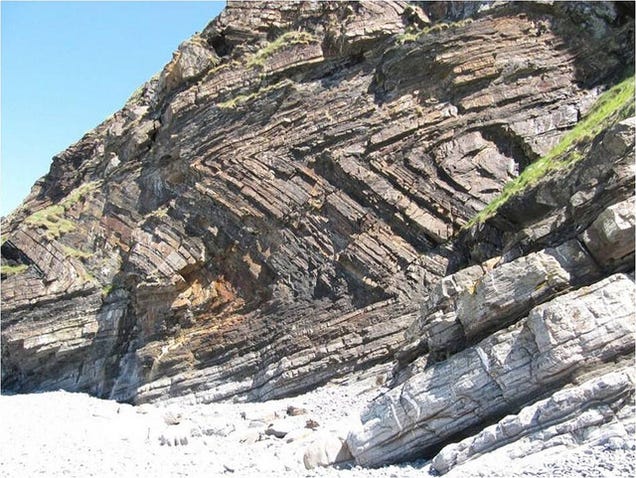The tectonic plates whose turbulent interactions formed Iceland, are the Eurasian tectonic plate and the North American tectonic plate. Spanning the Mid-Atlantic Ridge, Iceland emerged as a result of the divergent, spreading, boundary between these two plates and the activity of Iceland´s own hotspot or mantle plume. As the plates moved apart, excessive eruptions of lava constructed volcanoes and filled rift valleys. Subsequent movement rifted these later lava fields, causing long, linear valleys bounded by parallel faults. The divergence of the ridge started in the north about 150 million years ago and 90 million years ago in the south. These movements continue today, accompanied by earthquakes, reactivation of old volcanoes, and creation of new ones. Iceland is the largest island on the ridge because of the additional volcanism caused by the hot spot beneath the country, which moves slowly towards the northwest.
The tectonic plates move towards east and west, and both the North American and Eurasian systems move to the northwest across the hot spot. On top of hot spots there's generally a 20-100% molten layer at the depth of 5-20 km, which supplies sufficient material for eruptions. Eruptions occur about every 5-10 years and primarily consist of basaltic lava and tephra. A few long-lived centres, such as the volcano Hekla, erupt more silicic magmas.
Faults and Folds in Iceland
Vertical faults having both opening and vertical displacements are common in southwest Iceland, and hypotheses vary regarding whether they propagated to the surface from below or from the surface downward. We address this issue through a study of vertical faults and associated surface fracture zones in regions of both oblique and normal spreading in southwest Iceland. Individual fracture segments are commonly rotated out of the general trend of the fracture zone, suggesting oblique motion along subsurface normal faults. These faults commonly breach the upper hinge lines of narrow monoclinal folds that flank many fault traces on the hanging wall side. Based on these field observations and the results of numerical models, we propose that 60-75 o dipping normal faults in the subsurface propagated to the surface from below. Vertical fractures formed at the upper tips of the faults at depths of between 250 and 500 m (25-50% of the fault length) in response to stress concentrations along the tip line. Model results indicate that narrow monoclinal folds develop at the surface above these vertical fractures, which subsequently breach the monoclines along the upper hinge line, forming vertical fault scarps and open fissures at the surface. If vertical fractures utilize pre-existing cooling joints in basalt to connect directly to the surface, the hanging wall is able to pull apart from the footwall without the development of a surface monocline along the fault trace.

The tectonic plates move towards east and west, and both the North American and Eurasian systems move to the northwest across the hot spot. On top of hot spots there's generally a 20-100% molten layer at the depth of 5-20 km, which supplies sufficient material for eruptions. Eruptions occur about every 5-10 years and primarily consist of basaltic lava and tephra. A few long-lived centres, such as the volcano Hekla, erupt more silicic magmas.
Faults and Folds in Iceland
Vertical faults having both opening and vertical displacements are common in southwest Iceland, and hypotheses vary regarding whether they propagated to the surface from below or from the surface downward. We address this issue through a study of vertical faults and associated surface fracture zones in regions of both oblique and normal spreading in southwest Iceland. Individual fracture segments are commonly rotated out of the general trend of the fracture zone, suggesting oblique motion along subsurface normal faults. These faults commonly breach the upper hinge lines of narrow monoclinal folds that flank many fault traces on the hanging wall side. Based on these field observations and the results of numerical models, we propose that 60-75 o dipping normal faults in the subsurface propagated to the surface from below. Vertical fractures formed at the upper tips of the faults at depths of between 250 and 500 m (25-50% of the fault length) in response to stress concentrations along the tip line. Model results indicate that narrow monoclinal folds develop at the surface above these vertical fractures, which subsequently breach the monoclines along the upper hinge line, forming vertical fault scarps and open fissures at the surface. If vertical fractures utilize pre-existing cooling joints in basalt to connect directly to the surface, the hanging wall is able to pull apart from the footwall without the development of a surface monocline along the fault trace.

No comments:
Post a Comment